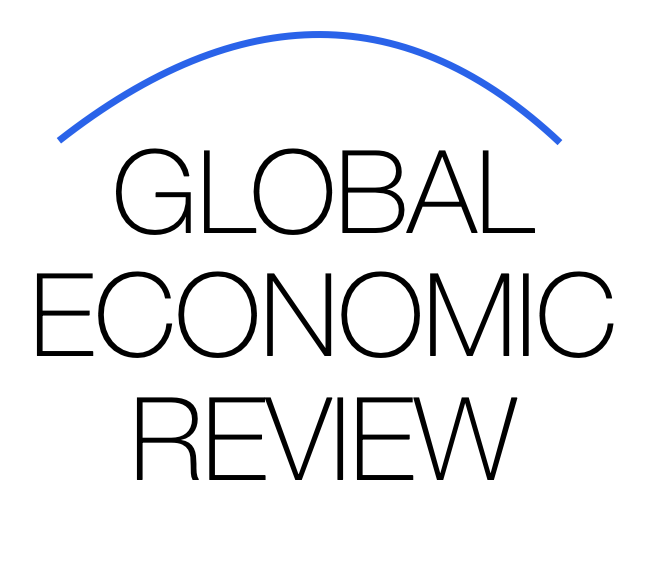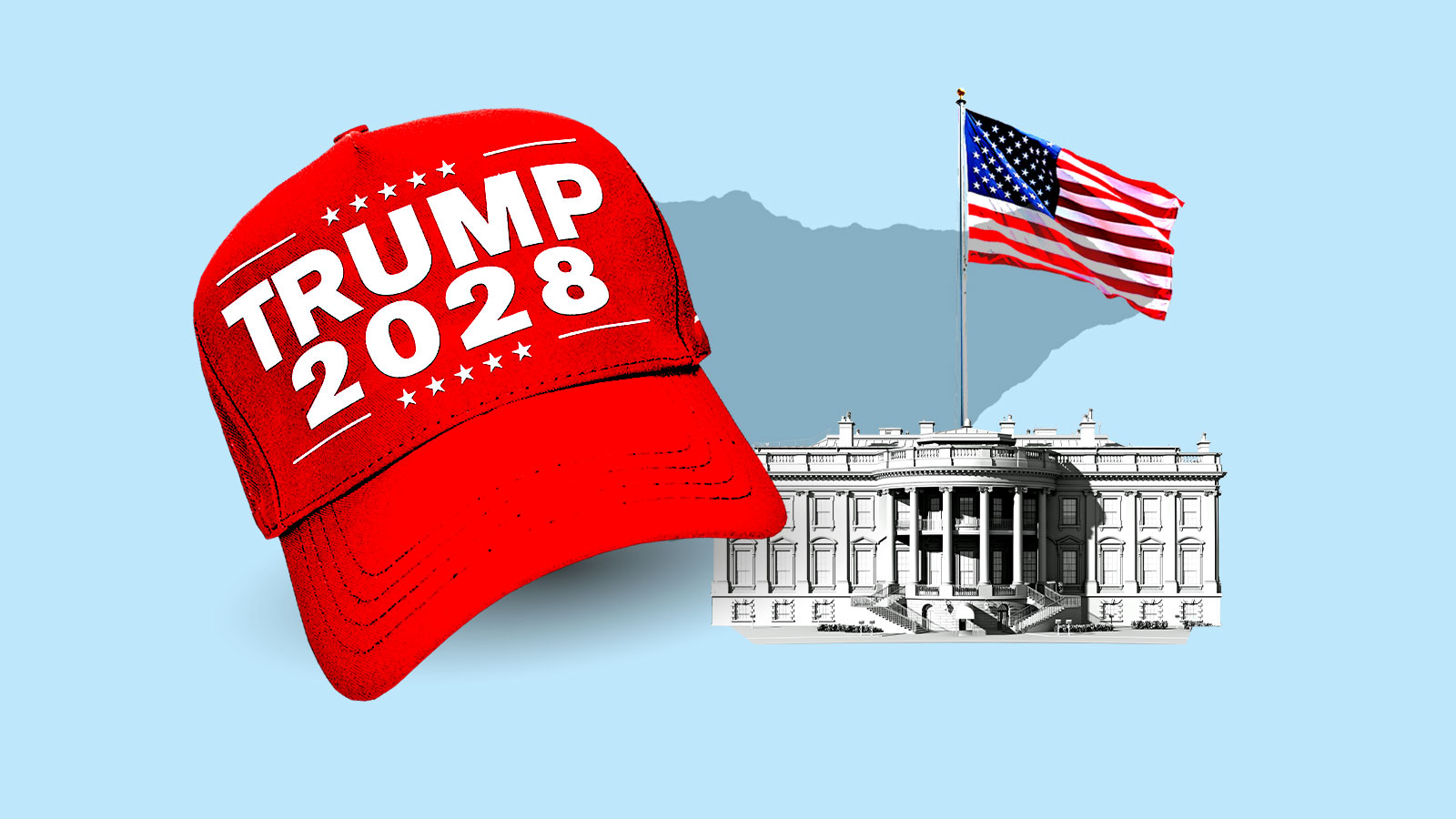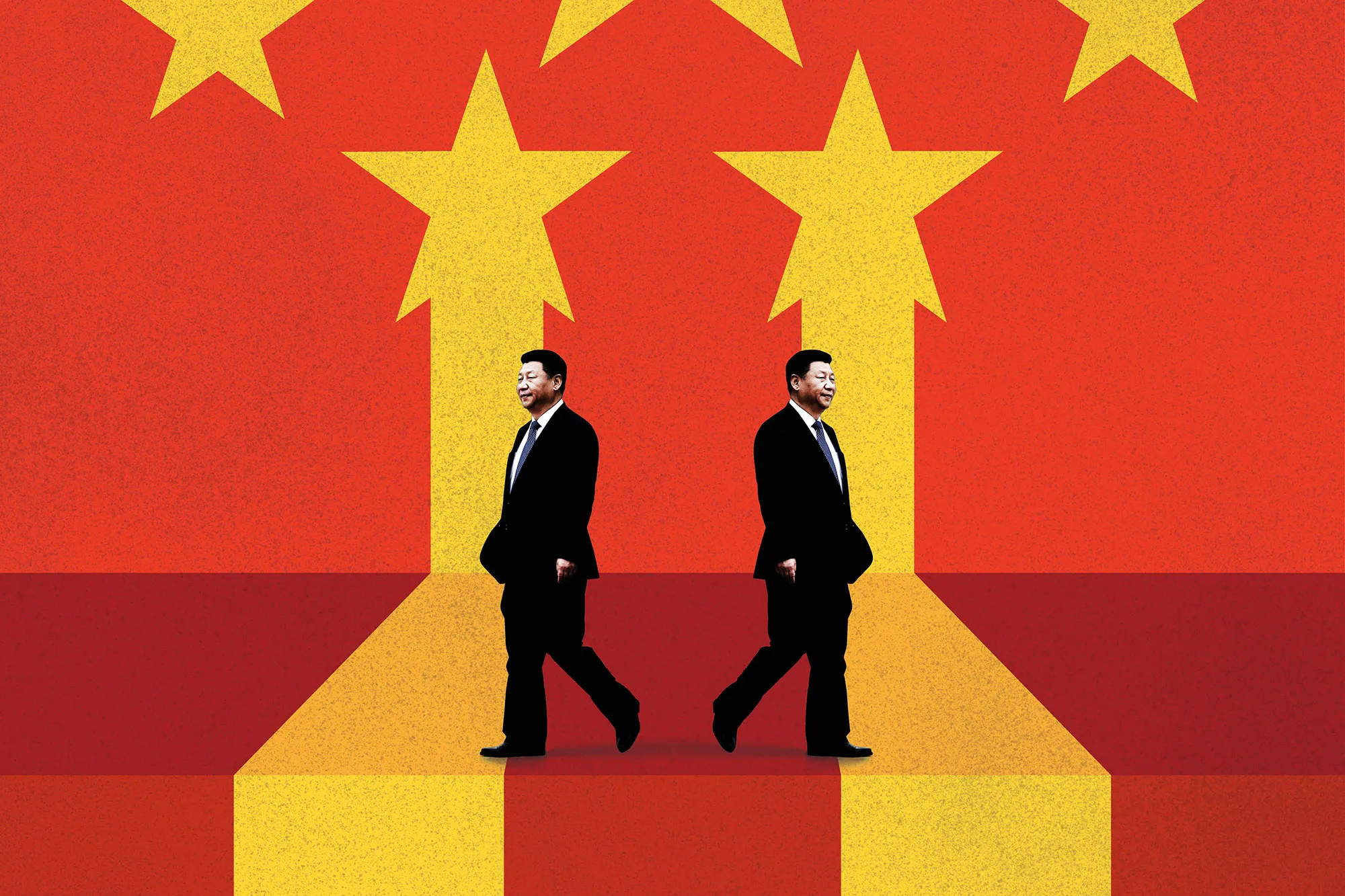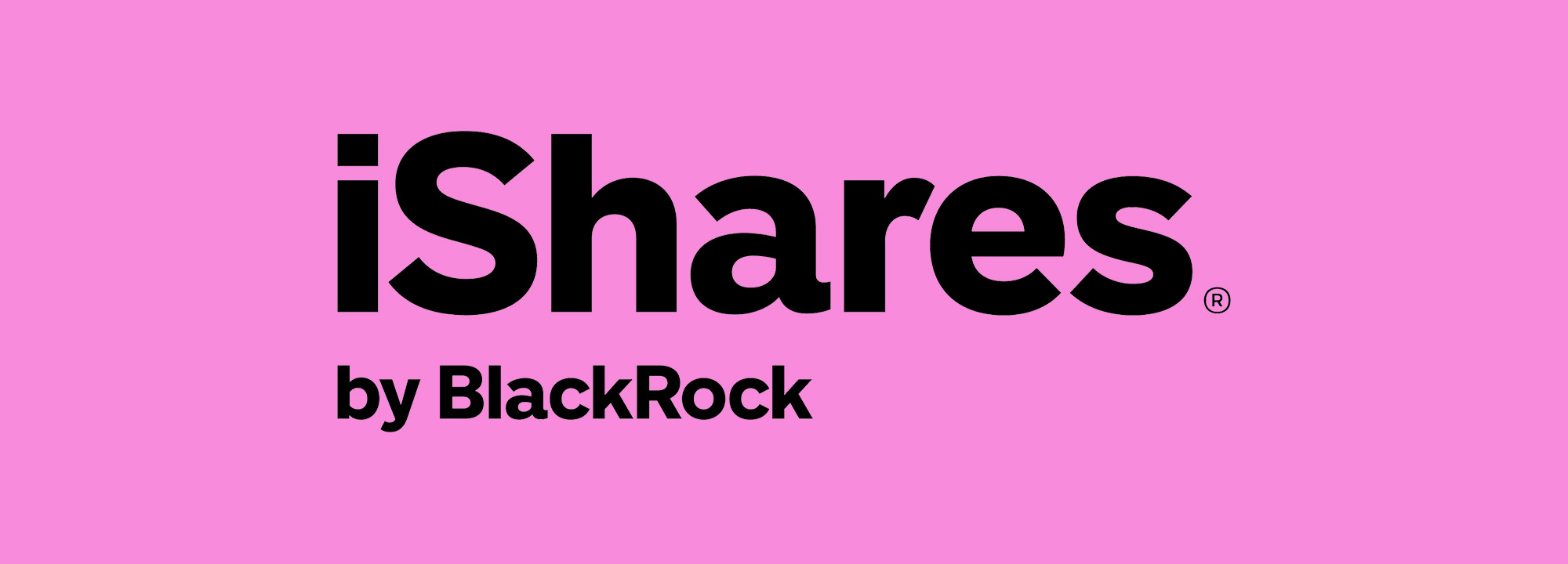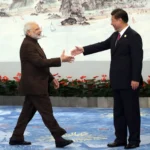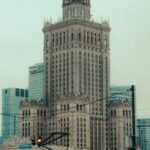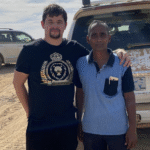The Dynamic Life of a U.S. President: A Day Full of Global Action
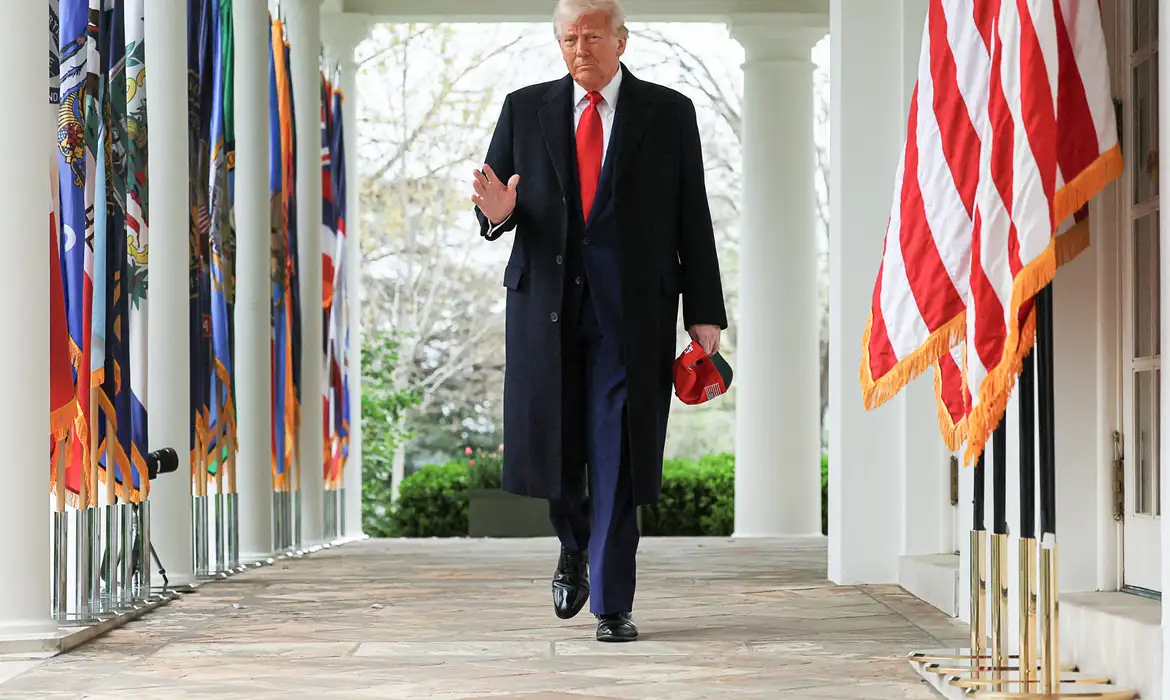
Being the President of the United States is often described as one of the most demanding and high-profile jobs in the world. The role entails a relentless pace, with each day bringing a multitude of challenges, decisions, and global responsibilities. Here’s a glimpse into what a typical day might look like for the U.S. President, highlighting the action-packed and worldwide nature of the position:
Morning Routine
The day often starts early, with the President beginning their morning routine around 6:00 AM. This includes a briefing from the White House Chief of Staff and key advisors, who provide an overview of the day’s schedule, pressing issues, and any urgent matters that require immediate attention. The President may also engage in a brief exercise session or personal time to prepare for the day ahead.
Domestic Agenda
A significant portion of the President’s day is dedicated to addressing domestic issues. This can include meeting with Cabinet members to discuss policy implementation, signing legislation into law, or delivering speeches and addresses to the nation on critical topics such as healthcare, education, or economic policy. The President may also hold meetings with congressional leaders to build support for legislative initiatives and navigate the complex political landscape.
International Affairs
The global nature of the presidency means that a substantial amount of time is spent on international affairs. The President may participate in secure video conferences with foreign leaders, discuss strategic partnerships, or address global crises. Diplomatic meetings, state visits, and international summits are also common, requiring the President to travel extensively and represent the United States on the world stage. These engagements can cover a wide range of topics, including national security, trade agreements, and humanitarian efforts.
Crisis Management
Crises, both domestic and international, can arise at any moment, demanding the President’s immediate attention. This can range from natural disasters and public health emergencies to geopolitical tensions and military conflicts. The President works closely with the National Security Council, the Department of Defense, and other key agencies to manage these situations, often making critical decisions that have far-reaching consequences.
Public Engagement
Public engagement is a crucial aspect of the Presidency. The President frequently delivers public speeches, participates in town hall meetings, and interacts with citizens to gauge public opinion and build support for their agenda. Media appearances, including interviews and press conferences, are also regular occurrences, allowing the President to communicate directly with the American people and the global community.
Evening and Night
Evenings and nights can be just as busy, with the President often attending state dinners, fundraising events, or private meetings with influential figures. The workday may extend late into the night, especially when dealing with time-sensitive issues or international time zone differences. The President’s residence, the White House, becomes a hub of activity, with advisors and staff working around the clock to support the President’s duties.
Personal Time
Despite the demanding schedule, the President does carve out time for personal activities and family. This can include brief moments of relaxation, exercise, or quality time with loved ones. However, even these personal moments are often intertwined with the responsibilities of the office, as the President remains on call 24/7.
In summary, the life of a U.S. President is a whirlwind of action and global engagement. Each day brings a new set of challenges and opportunities, requiring the President to be agile, decisive, and well-informed. The role demands an unparalleled level of dedication, resilience, and leadership, making it one of the most prestigious and challenging positions in the world.
